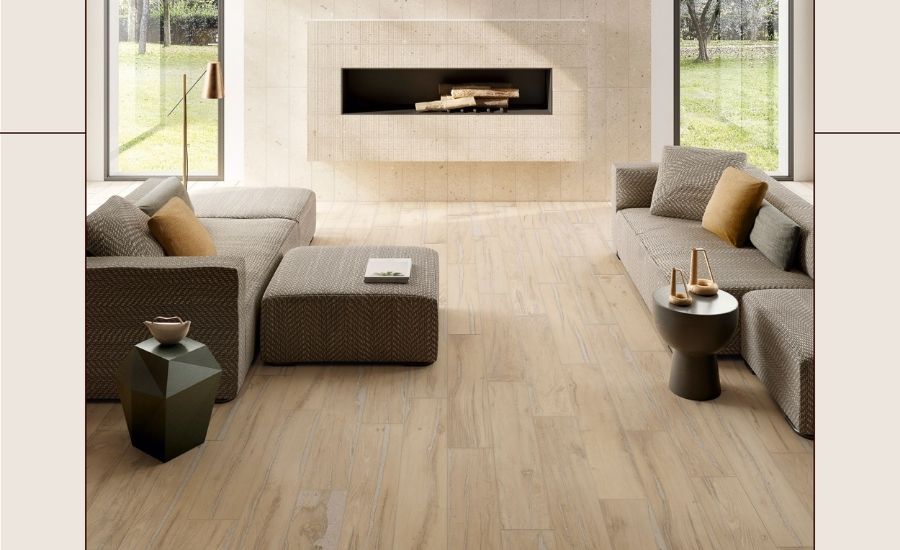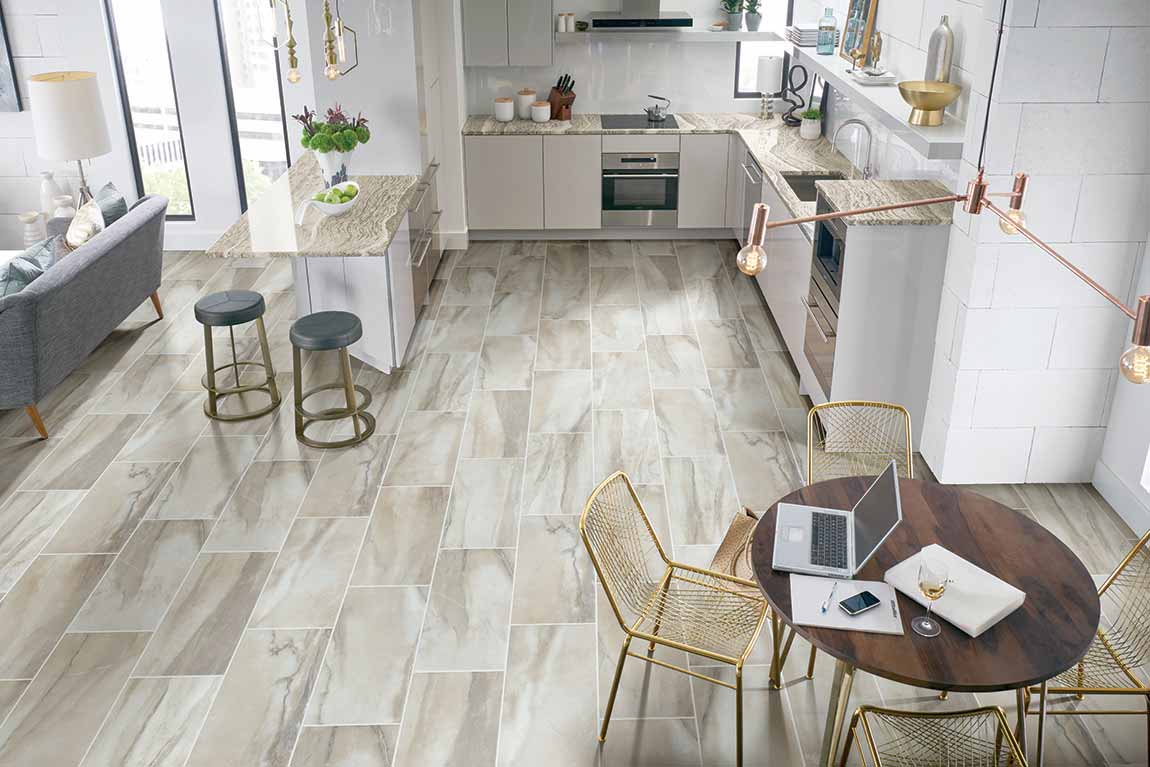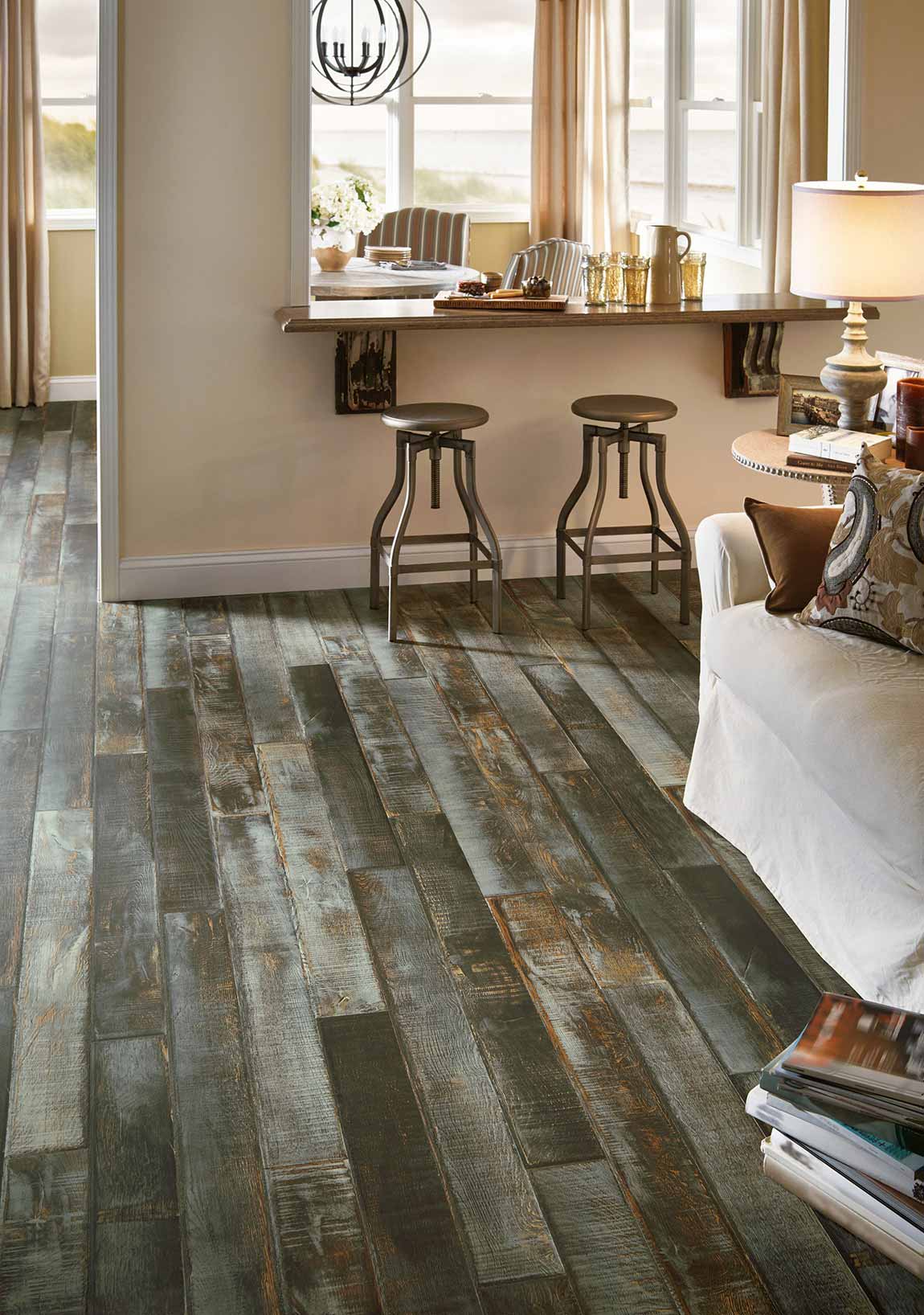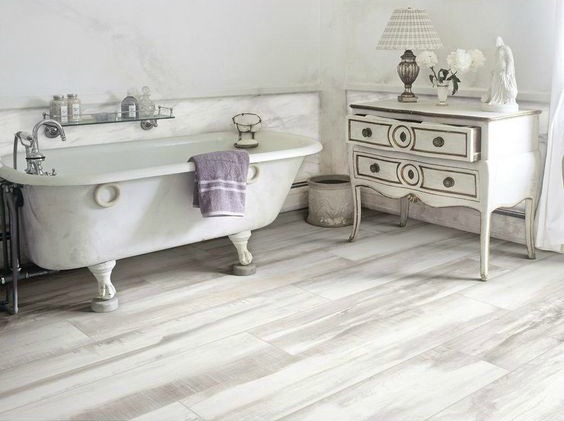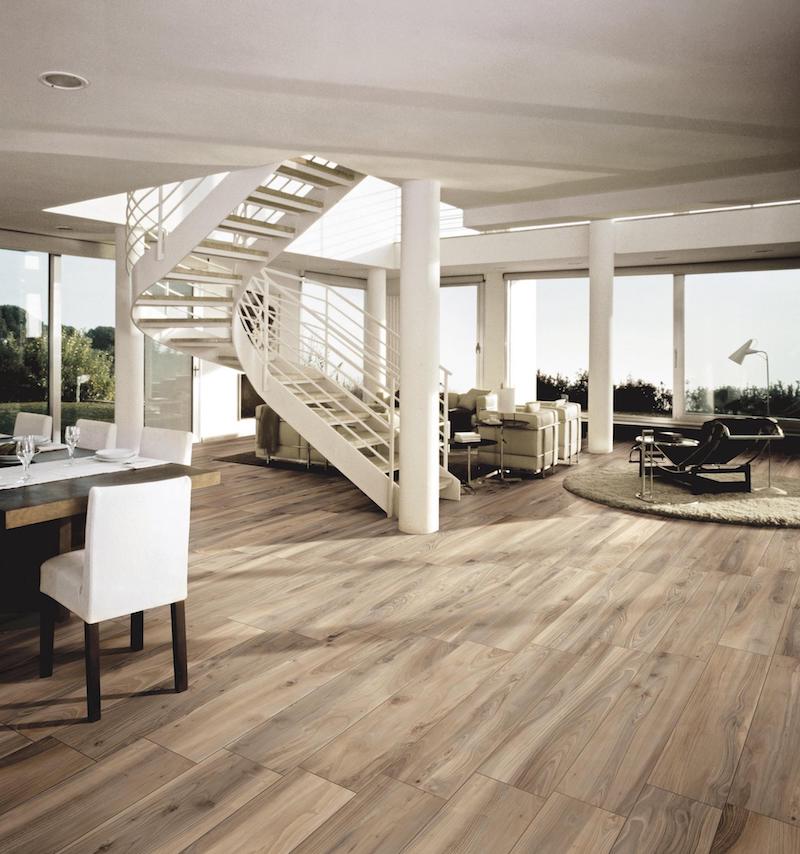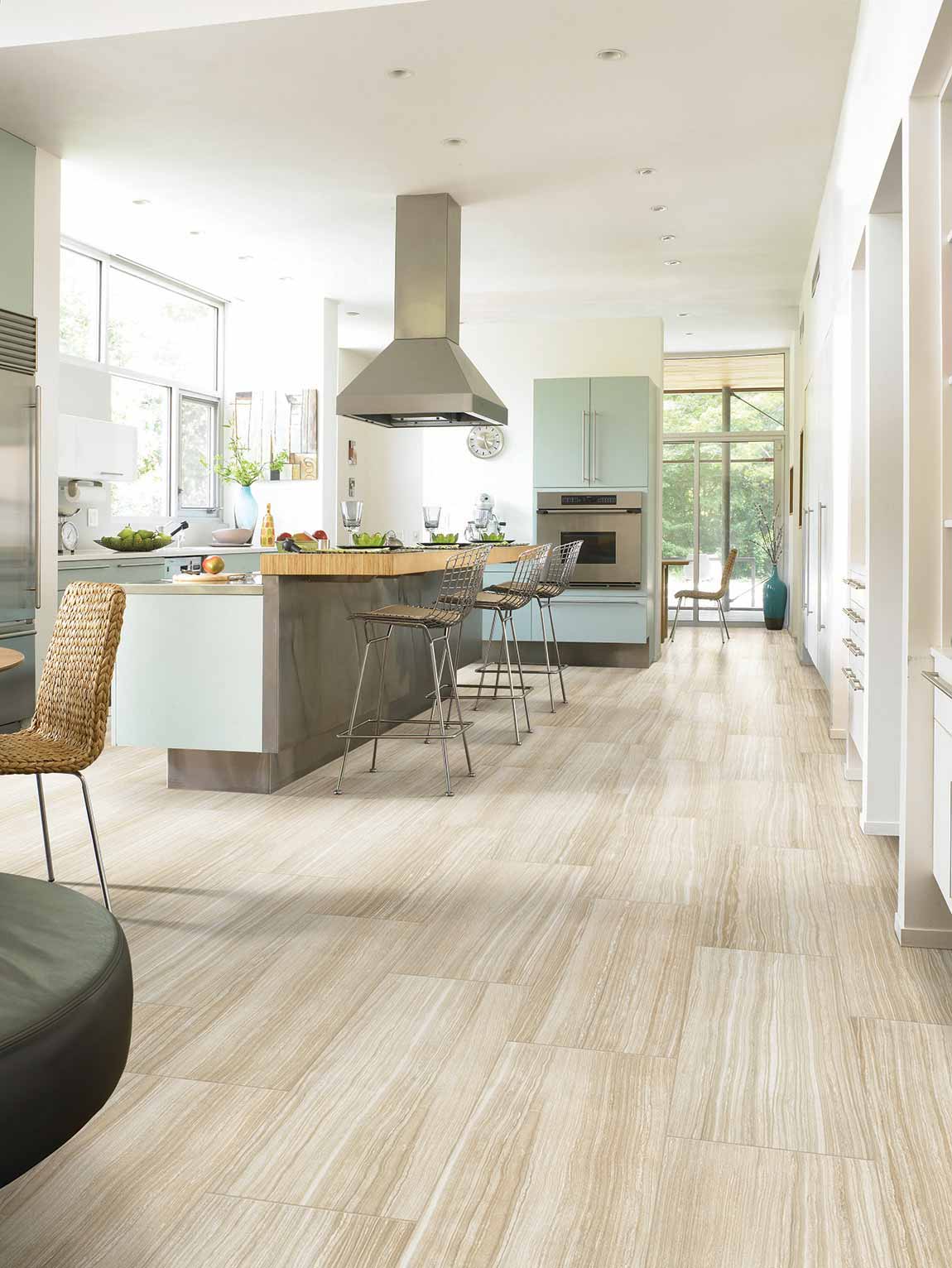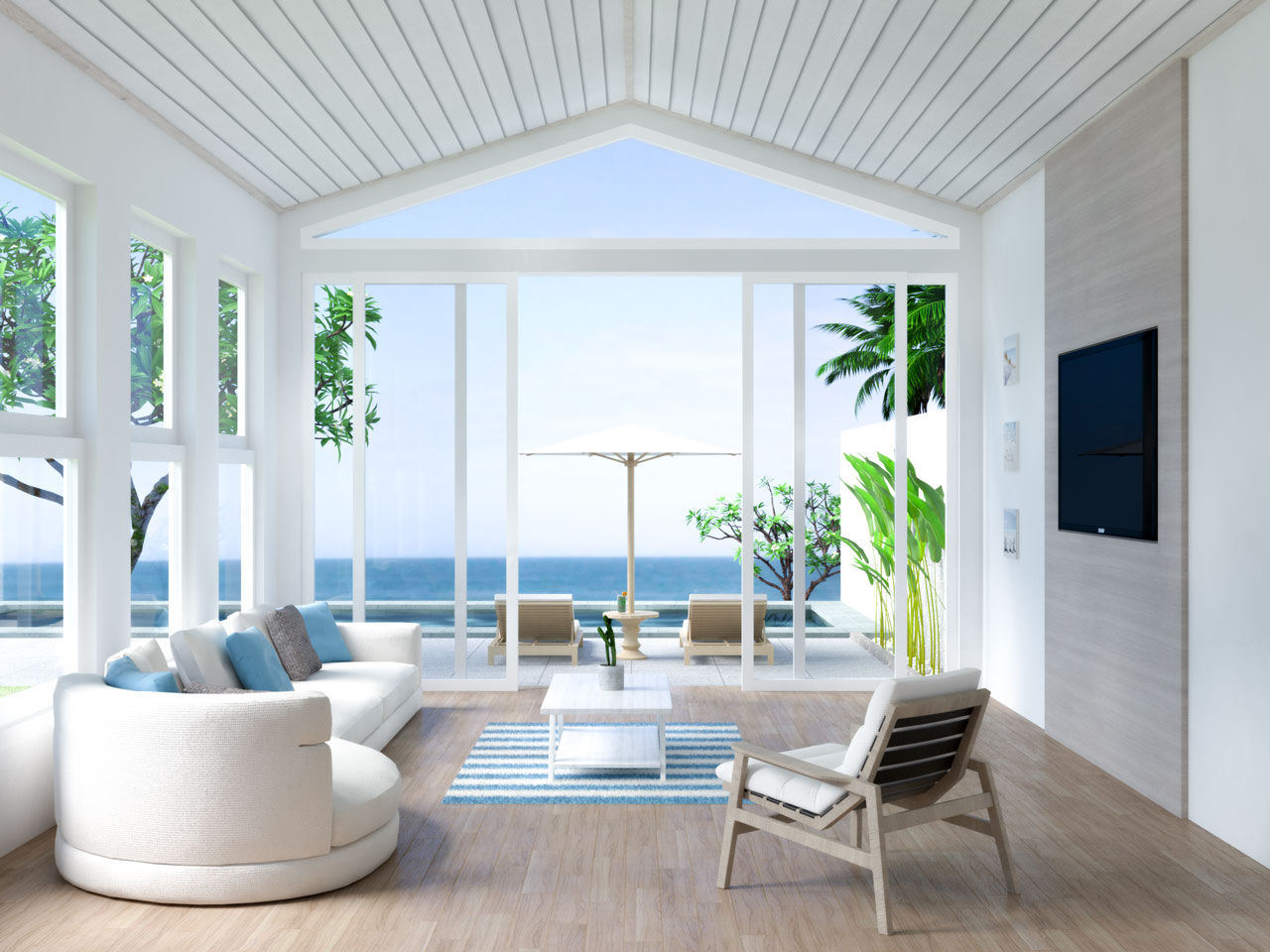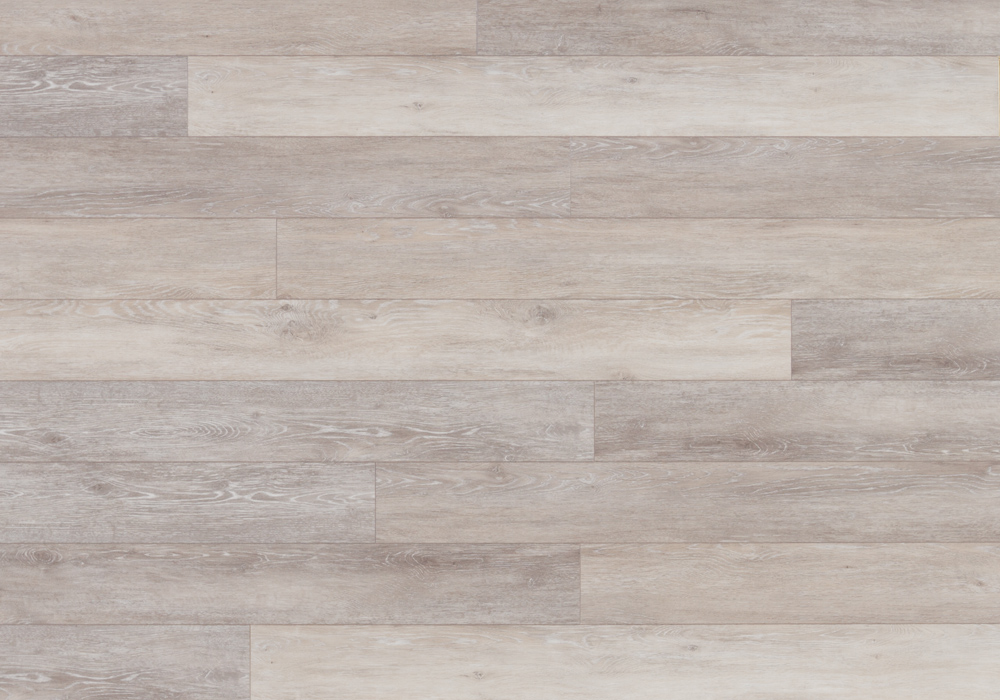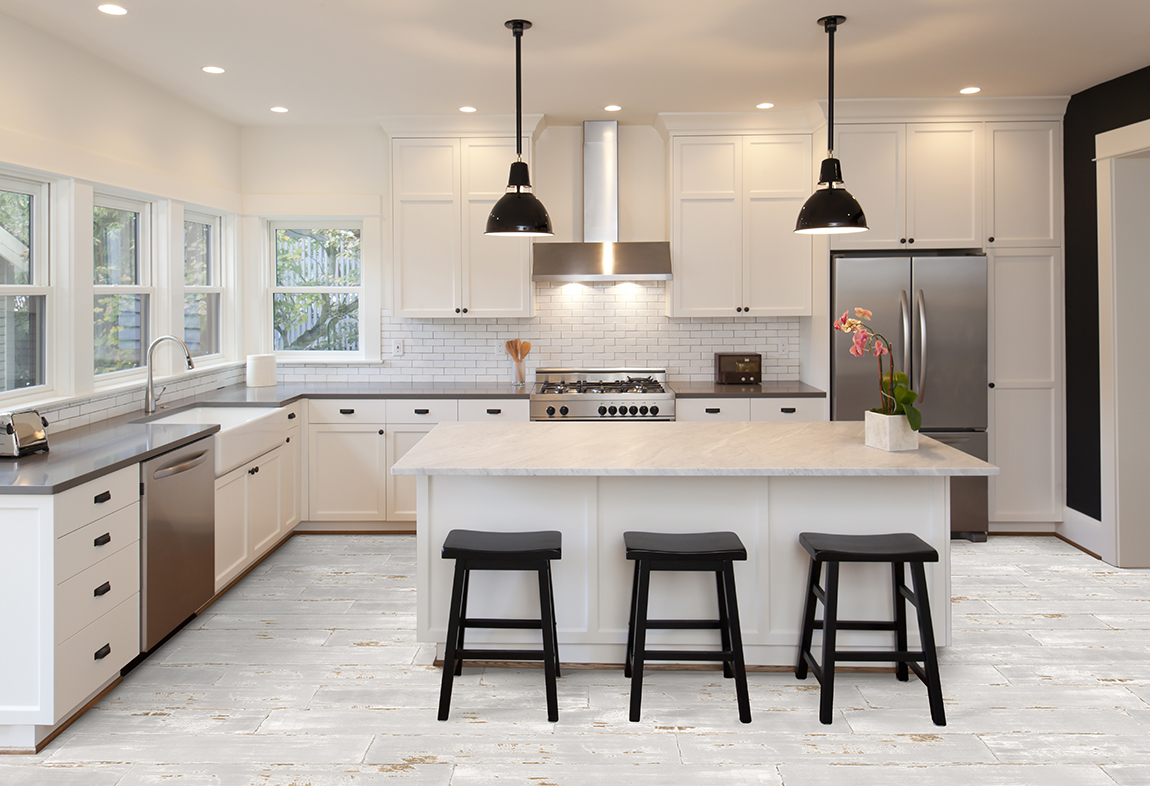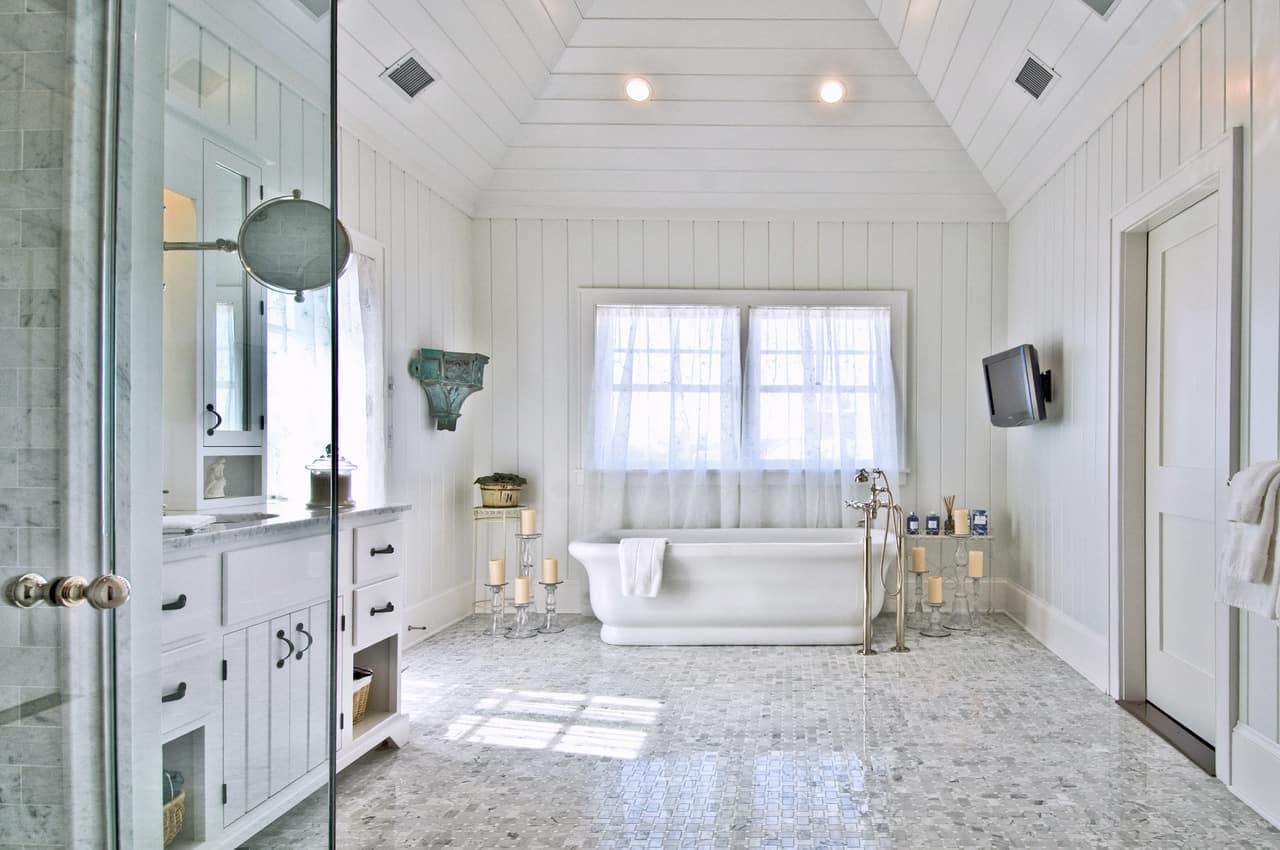Coastal Vibes with Beach House Tile Flooring
Embracing the coastal lifestyle often involves incorporating elements of the sea, sand, and sky into your home decor. One way to achieve that breezy, beachy vibe is through the use of tile flooring. Whether you’re renovating a beach house or simply want to infuse your inland abode with coastal charm, beach house tile flooring can instantly evoke feelings of relaxation and tranquility. Let’s find out how tile flooring can bring coastal vibes to your home:
- Natural Textures: Opt for tile flooring that mimics the textures found along the coastline, such as weathered wood, sandy beaches, or pebbled shores. Look for ceramic or porcelain tiles with rustic finishes, distressed patterns, or stone-like textures to capture the essence of the seaside landscape. These natural textures add depth and dimension to your floors, creating a sense of warmth and authenticity reminiscent of beach house living.
- Cool Color Palettes: Choose tile flooring in cool, soothing hues inspired by the ocean and sky. Shades of blue, green, turquoise, and aqua evoke the tranquil colors of the sea, while sandy beige, driftwood gray, and sun-bleached white reflect the neutral tones of sun-kissed shores. Consider incorporating mosaic tiles or patterned designs to add visual interest and depth to your floors, reminiscent of seashells, waves, or coral reefs.
- Nautical Accents: Infuse your beach house tile flooring with subtle nautical accents that pay homage to maritime motifs. Incorporate decorative tiles featuring anchors, sailboats, seahorses, or compass roses to add a touch of maritime charm to your floors. These whimsical details can serve as focal points or subtle embellishments, enhancing the coastal ambiance of your space.
- Easy Breezy Maintenance: Tile flooring is well-suited for beach house living due to its durability and low-maintenance nature. Unlike hardwood or carpeting, tile flooring is resistant to moisture, sand, and saltwater, making it ideal for high-traffic areas and humid climates. Simply sweep or vacuum regularly to remove debris, and mop with a mild detergent as needed to keep your floors looking fresh and clean.
- Seamless Indoor-Outdoor Transition: Extend your beach house tile flooring from indoors to outdoors to create a seamless transition between spaces. Choose outdoor-rated tiles that can withstand exposure to the elements, such as ceramic, porcelain, or natural stone tiles with slip-resistant finishes. This cohesive design approach blurs the boundaries between inside and outside, allowing you to enjoy the beauty of coastal living both indoors and out.
- Personalized Touches: Add personalized touches to your beach house tile flooring to reflect your unique style and personality. Consider creating custom tile murals, mosaic patterns, or inset designs that showcase your favorite beach scenes, marine life, or coastal landscapes. These bespoke elements add a personal touch to your floors and serve as conversation starters for guests, further enhancing the inviting atmosphere of your beach retreat.
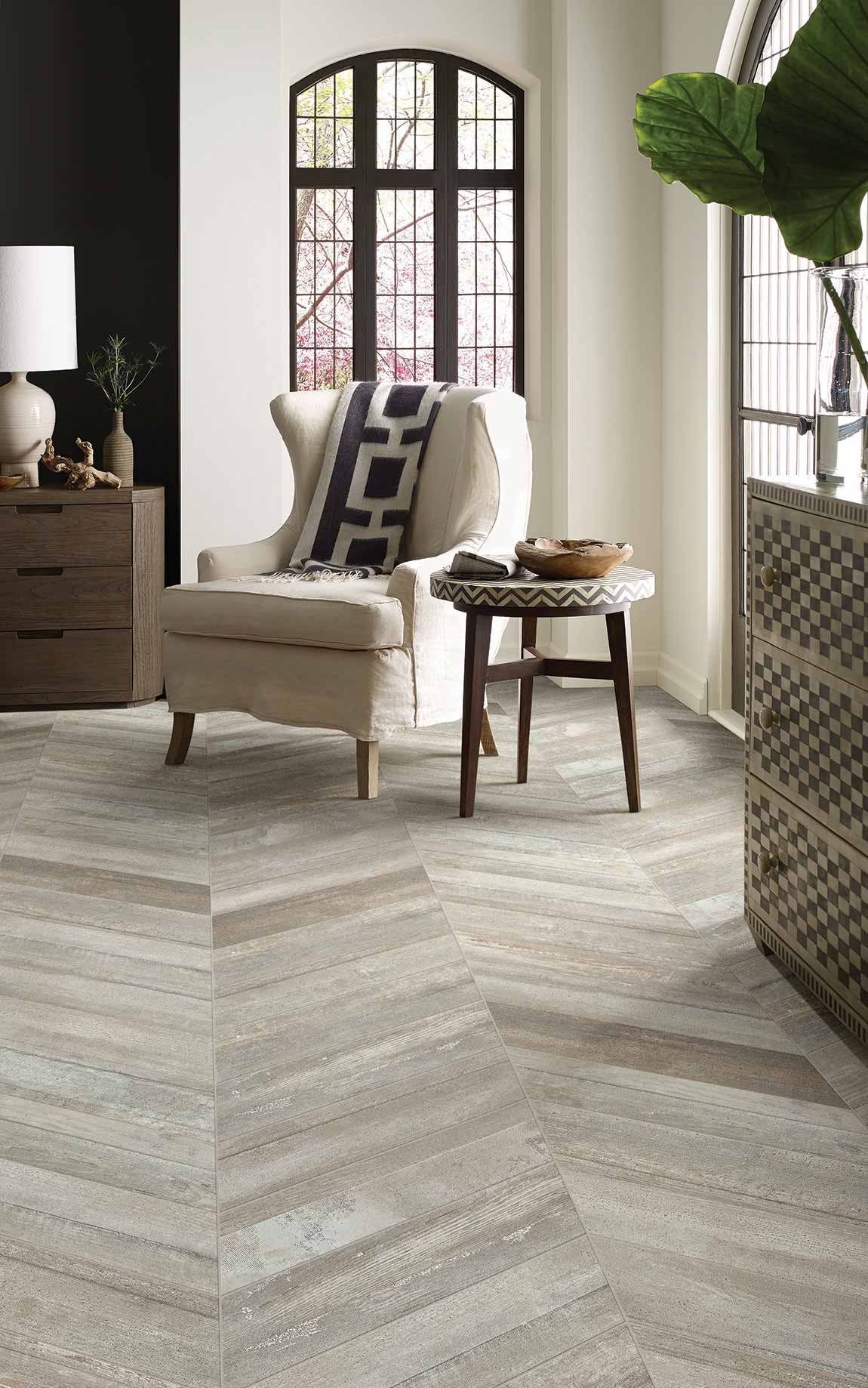
Types of Tile Flooring for Beach Houses
When it comes to selecting tile flooring for your beach house, you have a variety of options to choose from, each offering unique characteristics and benefits suited to coastal living. From classic ceramic and porcelain tiles to natural stone and glass mosaics, the possibilities are endless. Explore the different types of tile flooring available for beach houses to find the perfect fit for your coastal retreat:
Ceramic Tile Flooring: Ceramic tile flooring is a popular choice for beach houses due to its affordability, versatility, and durability. Available in a wide range of colors, patterns, and finishes, ceramic tiles can mimic the look of natural stone, wood, or concrete, offering endless design possibilities for your coastal home. Ceramic tiles are resistant to water, stains, and scratches, making them ideal for high-traffic areas and humid environments like beach houses.
Porcelain Tile Flooring: Porcelain tile flooring is renowned for its strength, durability, and low-maintenance nature, making it an excellent choice for beach house living. Porcelain tiles are fired at higher temperatures than ceramic tiles, resulting in a denser and less porous material that is highly resistant to water, stains, and frost. Choose porcelain tiles with textured finishes or slip-resistant surfaces for added safety and traction in wet areas such as bathrooms, kitchens, and outdoor patios.
Natural Stone Tile Flooring: Natural stone tile flooring adds a touch of luxury and sophistication to beach house interiors, with timeless beauty and inherent durability. Options such as marble, travertine, slate, and limestone offer unique colors, patterns, and veining that can enhance the natural charm of coastal living spaces. While natural stone tiles may require more maintenance than ceramic or porcelain tiles, their unmatched elegance and durability make them a worthwhile investment for discerning homeowners.
Glass Mosaic Tile Flooring: Glass mosaic tile flooring adds a touch of shimmer and shine to beach house interiors, with translucent colors and reflective surfaces that capture the essence of sunlight dancing on the water. Glass tiles are available in a variety of shapes, sizes, and finishes, allowing you to create custom patterns, borders, or accents that add visual interest to your floors. Glass mosaic tiles are resistant to water, stains, and fading, making them suitable for bathrooms, showers, and pool areas in beach houses.
Terracotta Tile Flooring: Terracotta tile flooring brings rustic charm and Mediterranean flair to beach house interiors, with warm earthy tones and natural textures that evoke the sun-baked landscapes of coastal regions. Terracotta tiles are made from fired clay and offer a timeless aesthetic that complements both traditional and contemporary decor styles. While terracotta tiles may require periodic sealing and maintenance to prevent staining and wear, their timeless appeal and durability make them a popular choice for beach house flooring.
Concrete Tile Flooring: Concrete tile flooring offers a modern and industrial aesthetic that is well-suited to contemporary beach house interiors. Available in a variety of colors, shapes, and finishes, concrete tiles can be customized to create unique patterns, textures, and designs that reflect your style. Concrete tiles are durable, easy to clean, and resistant to water and stains, making them an excellent choice for high-traffic areas and outdoor spaces in beach houses.
Design Considerations: Creating a Coastal Aesthetic with Tile Flooring
Designing a beach house interior involves more than just selecting tile flooring; it’s about creating a cohesive and inviting space that reflects the relaxed ambiance of coastal living. From choosing the right color palette to incorporating natural textures and coastal accents, there are several design considerations to keep in mind when selecting tile flooring for your beach house. Let’s see how to create a coastal aesthetic with tile flooring:
Color Palette: Start by selecting a color palette inspired by the coastal landscape, with hues that evoke the sun, sand, and sea. Choose tile flooring in shades of blue, turquoise, aqua, and green to reflect the colors of the ocean, or opt for sandy beige, driftwood gray, and sun-bleached white for a neutral beachy vibe. Consider incorporating subtle pops of color or patterned tiles for added visual interest and depth.
Natural Textures: Embrace the natural beauty of the seaside by incorporating tile flooring with textured finishes that mimic the look and feel of sand, shells, or driftwood. Choose tiles with rustic woodgrain patterns, weathered stone textures, or pebbled surfaces to add warmth and authenticity to your beach house interior. These natural textures create visual interest and tactile appeal, enhancing the overall ambiance of your space.
Pattern Play: Experiment with patterns and layouts to create dynamic and eye-catching tile flooring designs. Consider using mosaic tiles to create geometric patterns, floral motifs, or wave-inspired designs that evoke the movement of the sea. Alternatively, opt for a herringbone, chevron, or basketweave pattern to add a touch of sophistication and elegance to your floors. Mix and match different tile shapes, sizes, and colors to create a custom look that reflects your style.
Coastal Accents: Infuse your beach house tile flooring with subtle coastal accents that nod to the maritime lifestyle. Consider incorporating decorative tiles featuring seashells, starfish, coral reefs, or nautical symbols such as anchors, sailboats, or compass roses. These whimsical details add charm and personality to your floors, creating a sense of seaside whimsy and wonder.
Indoor-Outdoor Flow: Extend your tile flooring from indoors to outdoors to create a seamless transition between spaces. Choose outdoor-rated tiles that can withstand exposure to the elements, such as ceramic, porcelain, or natural stone tiles with slip-resistant finishes. This cohesive design approach blurs the boundaries between inside and outside, allowing you to enjoy the beauty of coastal living both indoors and out.
Lighting Effects: Enhance the beauty of your beach house tile flooring with strategic lighting effects that highlight its texture, color, and pattern. Install recessed lighting, pendant fixtures, or wall sconces to illuminate your floors and create a warm and inviting atmosphere. Consider incorporating natural light sources such as windows, skylights, or glass doors to flood your space with sunlight and enhance the coastal ambiance of your interior.
Choosing Tile Flooring That Withstands Coastal Elements
When it comes to beach house flooring, durability and maintenance are crucial considerations, given the unique challenges posed by coastal environments. From exposure to saltwater and sand to high humidity and moisture levels, beach house tile flooring must withstand the rigors of coastal living while remaining beautiful and functional for years to come. Let’s explore how to choose tile flooring that withstands coastal elements:
Water Resistance: Select tile flooring that is highly resistant to water and moisture, as beach houses are prone to humidity, spills, and occasional flooding. Porcelain, ceramic, and natural stone tiles are excellent choices for beach house interiors, as they are impervious to water and do not absorb moisture. Look for tiles with low water absorption rates and slip-resistant finishes to ensure safety and durability in wet areas such as bathrooms, kitchens, and entryways.
Saltwater Resistance: In coastal environments, saltwater exposure can accelerate wear and corrosion, particularly in outdoor areas such as patios, decks, and pool surrounds. Choose outdoor-rated tiles that are specifically designed to withstand exposure to saltwater and harsh weather conditions. Porcelain, natural stone, and concrete tiles are ideal options for outdoor spaces, as they are durable, non-porous, and resistant to saltwater damage.
Scratch and Wear Resistance: Beach house tile flooring should be able to withstand heavy foot traffic, furniture movement, and pet activity without scratching or wearing down prematurely. Opt for tiles with high hardness ratings and durable surface finishes that resist scratches, scuffs, and abrasions. Porcelain tiles, in particular, are known for their exceptional hardness and durability, making them well-suited for high-traffic areas and busy households.
UV Resistance: In sunny coastal climates, prolonged exposure to sunlight can cause fading and discoloration of flooring materials over time. Choose UV-resistant tiles that are fade-resistant and colorfast, ensuring that your beach house tile flooring maintains its vibrant appearance and longevity. Porcelain and ceramic tiles with glazed finishes offer superior UV resistance and color retention, making them suitable for both indoor and outdoor use in beach houses.
Easy Maintenance: Beach house tile flooring should be easy to clean and maintain, requiring minimal effort to keep it looking fresh and beautiful year-round. Sweep or vacuum your floors regularly to remove dirt, sand, and debris, and mop with a mild detergent or pH-neutral cleaner as needed to remove spills and stains. Avoid using harsh chemicals or abrasive cleaners, as they can damage the finish and surface of your tiles.
Sealing and Protection: Depending on the type of tile flooring you choose, you may need to apply a protective sealer to enhance its resistance to water, stains, and wear. Natural stone tiles such as marble, travertine, and slate may require periodic sealing to prevent moisture penetration and maintain their natural beauty. Consult with your tile manufacturer or installer to determine the appropriate sealing and maintenance regimen for your specific flooring materials.
Ensuring Successful Installation of Tile Flooring in Beach Houses
Proper installation is essential to the longevity, durability, and performance of beach house tile flooring. Whether you’re installing tile flooring in a newly constructed beach house or renovating an existing coastal retreat, following best practices and guidelines can help ensure a successful and lasting installation. Below are some installation tips for beach house tile flooring:
Subfloor Preparation: Ensure that the subfloor is clean, flat, and structurally sound before installing tile flooring. Remove any existing flooring materials, adhesive residues, or debris, and repair any cracks, uneven areas, or subfloor damage. Use a leveling compound or self-leveling underlayment to correct minor imperfections and create a smooth and level surface for tile installation.
Moisture Testing: Conduct moisture testing to assess the moisture levels of the subfloor and surrounding environment before installing tile flooring. High humidity levels, moisture intrusion, or improper drainage can lead to tile adhesive failure, mold growth, and other moisture-related issues. Use a moisture meter or moisture vapor emission test to determine if additional moisture mitigation measures are needed, such as installing a vapor barrier or waterproofing membrane.
Tile Layout and Design: Plan the layout and design of your tile flooring carefully to ensure optimal aesthetics and functionality. Consider factors such as tile size, shape, pattern, and orientation, as well as grout joint size and color. Dry-lay your tiles before installation to visualize the final layout and make any adjustments as needed. Use tile spacers to maintain consistent grout joint widths and ensure precise alignment of tiles.
Tile Cutting and Installation: Use appropriate tools and techniques to cut and install your tile flooring with precision and accuracy. Use a tile cutter or wet saw to cut tiles to size, taking care to measure and mark each cut accurately. Spread tile adhesive evenly on the subfloor using a notched trowel, and press the tiles firmly into place, ensuring full coverage and proper alignment. Use tile spacers to maintain uniform grout joint widths and allow for expansion and contraction.
Grouting and Sealing: Once the tiles are installed and the adhesive has cured, grout the joints between the tiles using a grout float or grout bag. Work the grout into the joints at a 45-degree angle, ensuring full coverage and eliminating air pockets. Clean excess grout from the tile surface using a damp sponge or cloth, taking care not to disturb the grout lines. Allow the grout to cure for the recommended time before applying a grout sealer to protect against stains and moisture penetration.
Expansion Joints and Transitions: Install expansion joints and transitions as needed to accommodate movement and changes in floor height between different rooms or areas. Use flexible silicone caulk or expansion joint strips to fill gaps around perimeter walls, fixtures, and transitions to prevent cracking and ensure a watertight seal. Pay special attention to areas prone to moisture exposure, such as bathrooms, kitchens, and outdoor patios.
Budget-Friendly Options for Beach House Tile Flooring
When it comes to beach house flooring, the cost is a significant factor for many homeowners, particularly those on a budget. Fortunately, there are several budget-friendly options for tile flooring that offer durability, style, and functionality without breaking the bank. From affordable ceramic and porcelain tiles to cost-effective installation methods, explore how to achieve beach house tile flooring on a budget:
Ceramic Tile Flooring: Ceramic tile flooring is one of the most affordable options for beach houses, offering a budget-friendly alternative to pricier materials such as natural stone or glass. Ceramic tiles are made from clay that is fired at high temperatures, resulting in a durable and water-resistant material that is suitable for high-traffic areas and humid environments. Choose ceramic tiles in simple shapes and neutral colors to keep costs down while still achieving stylish and functional beach house flooring.
Porcelain Tile Flooring: Porcelain tile flooring is another cost-effective option for beach houses, offering the durability and versatility of ceramic tiles with added strength and water resistance. Porcelain tiles are denser and less porous than ceramic tiles, making them highly resistant to water, stains, and scratches. Opt for porcelain tiles with glazed finishes or textured surfaces to enhance slip resistance and durability without breaking the budget.
Factory Seconds and Overstock Tiles: Consider purchasing factory seconds or overstock tiles to save money on your beach house flooring project. Factory seconds are tiles that have minor defects or imperfections, such as slight variations in color, size, or texture but are otherwise structurally sound and functional. Overstock tiles are excess inventory from manufacturers or retailers that are sold at discounted prices to make room for new stock. Both options offer significant cost savings without compromising on quality or durability.
DIY Installation: Save money on labor costs by tackling the installation of your beach house tile flooring as a DIY project. With the right tools, materials, and instructions, installing tile flooring can be a rewarding and cost-effective endeavor. Choose tile formats and installation methods that are suitable for DIY installation, such as square or rectangular tiles with simple layouts and patterns. Follow step-by-step guides and tutorials to ensure a successful and professional-looking installation.
Bulk Purchasing: Consider buying tiles in bulk or wholesale quantities to take advantage of volume discounts and special promotions. Many manufacturers and retailers offer discounts for purchasing larger quantities of tiles, making it more cost-effective to cover large areas or multiple rooms in your beach house. Compare prices from different suppliers and shop around for the best deals on tile flooring materials, adhesives, grouts, and other installation accessories.
Alternative Materials: Explore alternative materials and tile formats that offer cost savings without sacrificing style or durability. Consider vinyl tile flooring, luxury vinyl planks, or laminate flooring as affordable alternatives to traditional ceramic or porcelain tiles. These resilient flooring options mimic the look and texture of natural materials such as wood, stone, or tile, at a fraction of the cost. Choose high-quality products with realistic designs and durable finishes to ensure long-lasting performance in your beach house.
How to Choose Tile for Your Renovation Beach house interior
Coastal Beach House Kitchen Flooring Designs Flooring America
Best Floor Colors for Beach House to Achieve a Perfect Coastal
Premier Beach House – Boardwalk Hardwood Floors
Tile Coastal Beach House Kitchen Flooring Designs Flooring America
Beach House Decor That Bring Summer To Your Home All Year Round
Related Posts:
